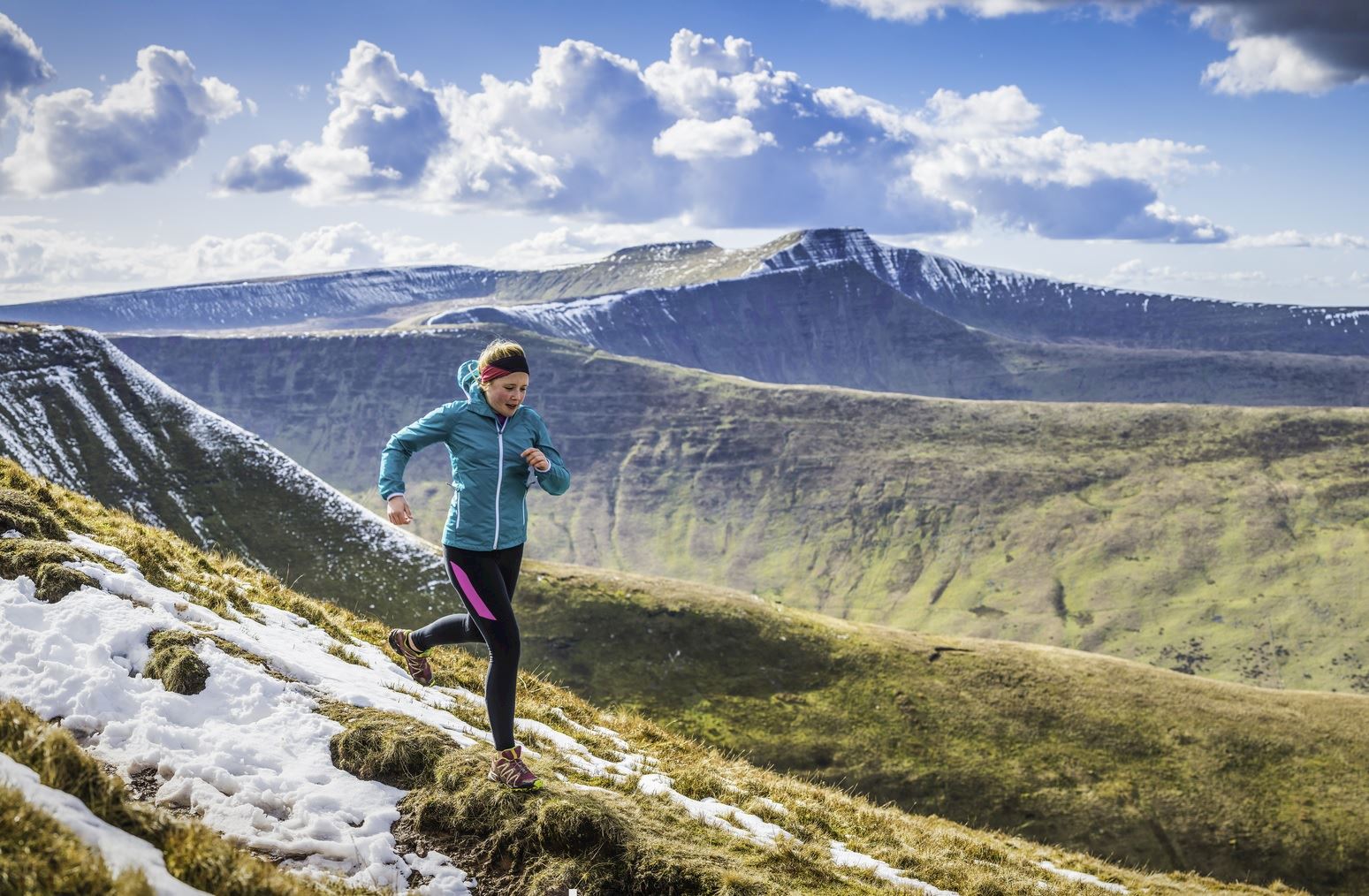Running at Altitude: What are the Effects and How to Train for it?

It is not uncommon to find elite runners and athletes living and training in high altitudes. Scientific evidence has proven that there are several benefits physiologically to training at altitude which improves overall athletic performance. While long-distance running has been growing in popularity and momentum over the past few decades, most amateur endurance runners do not have the luxury to live in and train for months in places with high altitudes. However, there are a few options offered for the everyday runner who wishes to experience training at altitude in hopes that he or she can achieve improved performance and possibly obtain his or her next personal record.
A recognized need to train for higher altitudes was noticed following the 1968 Olympic Games held in Mexico City, Mexico which rests at 7,000 feet (2240 meters) above sea level. Currently, you will find that most, if not all, Olympic athletes live or train at altitude and have been doing so for over the past 50 years. Nowadays, with an influx of marathons happening throughout the world, it is not uncommon to find more and more races to have extreme conditions with challenging environments and high altitudes like Pike's Peak Marathon in Manitou Springs, Colorado with a race finish at the summit of 14,115 feet (4302 meters) or the Guinness Book of World Records Tenzing Hillary Everest Marathon in Nepal, which is recognized as the highest marathon starting at 17,572 feet (5356 meters). While it is inspiring to think that humans can persist and achieve such great heights, what really happens to the human body at these elevations and how can one prepare themselves for such high feats?
What are the effects of training at altitude?
The body goes through physiological changes when reaching certain heights above sea level even starting as relatively low as 2,000 feet (609 meters) but becoming more drastic the higher the altitude. As the altitude increases, the oxygen levels decrease. Due to less oxygen present in the air, the body has less oxygen to transport in your blood to your muscles. This is why during endurance runs at high altitudes one can feel, especially those not properly trained or are sea-level dwellers, the energy expenditure become harder up to at least a quarter more the effort, if not more, with simultaneously slower performance times when doing the same activity at sea level.
So why do professional athletes train at higher altitudes then? Over time, decreased oxygen intake results in increased workloads of the cardiovascular and respiratory systems. Additionally, oxygen deficiency forces the kidneys to almost immediately increase the production of red blood cells. So with time, the body will ultimately improve its oxygen transport function when the athlete performs back at higher oxygen and lower altitude levels, coining the term “live high – train low”. Many will argue that 8,000 feet (2438 meters) above sea level is the appropriate altitude to train at for at least 3-6 weeks to receive the maximum benefits. However, the reaction is based on the individual and differs between person to person in the amount of time needed and the altitude at which it affects him or her.
Alternatively, the effects of training at high altitudes can also come with a risk. Not all signs and symptoms are pleasant or produce the desired performance enhancements. A percentage of people training at high altitudes may experience negative side effects such as acute altitude sickness resulting in milder symptoms of headaches, nausea, vomiting, coughing and shortness of breath to more problematic and life-threatening issues such as pulmonary or cerebral edema. Seeking advice from a medical professional should always be the first step before determining if altitude training is appropriate for you.
How to train for running at altitude?
The most practical advice before pursuing altitude running or racing is to be sure to have a previously established running and training base at sea level. Once you have a strong foundation without being oxygen deprived, then there are alternative ways to go about training for altitude.
First, try to find higher altitudes nearby or within driving distance that ideally reaches between 6,500-9,800 feet (2000-3000 meters) above sea level. If that is not possible, there are high altitude week-long running camps available to adults throughout the world. Although 3 weeks or more is typically recommended for longer-lasting body adaptations to reach improved performance, even as little as one week can create immediate physiological changes without any training. This is simply due to the body's natural response to the immediate decreased oxygen levels.
However with only a short acclimation time, it is highly recommended to ease into increased demand efforts in both distance and pace to avoid altitude sickness. Hydration is also a key step to assist in regulating blood plasma volumes as red blood cell production increases. Besides physical changes, mental toughness can be gained by training in new and difficult terrains. If there are no mountains near you or you don't have the means to attend a camp, there are some facilities that offer gyms with manually controlled altitude differentials.
And if all else fails, there are training masks that you can introduce into your running. The function of these training masks, besides making you look tough, is to limit airflow. As advised with any altitude training where oxygen levels are altered, training should be introduced slowly and with reduced efforts initially.
Finally, when traveling from sea level to racing in high altitudes, plan your trip accordingly. Give yourself extra days to get acclimated and allow your body to get enough rest, avoid alcohol, caffeine, and stay hydrated.











